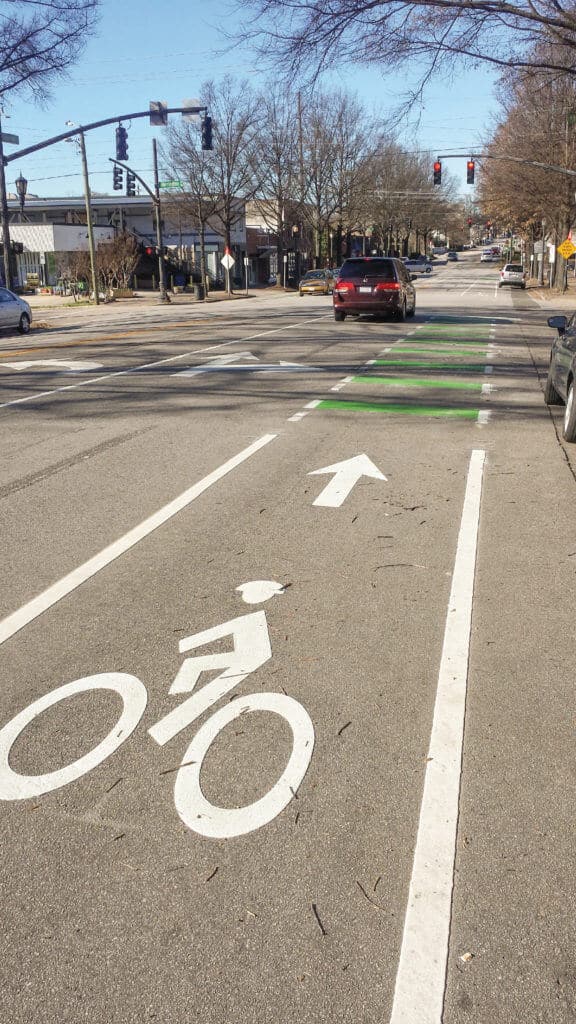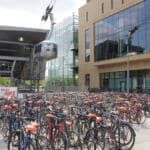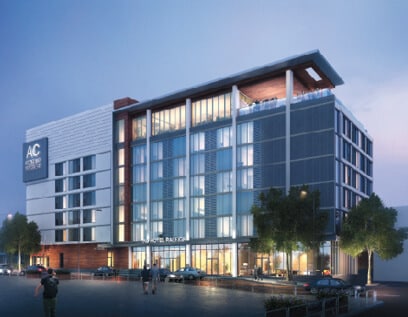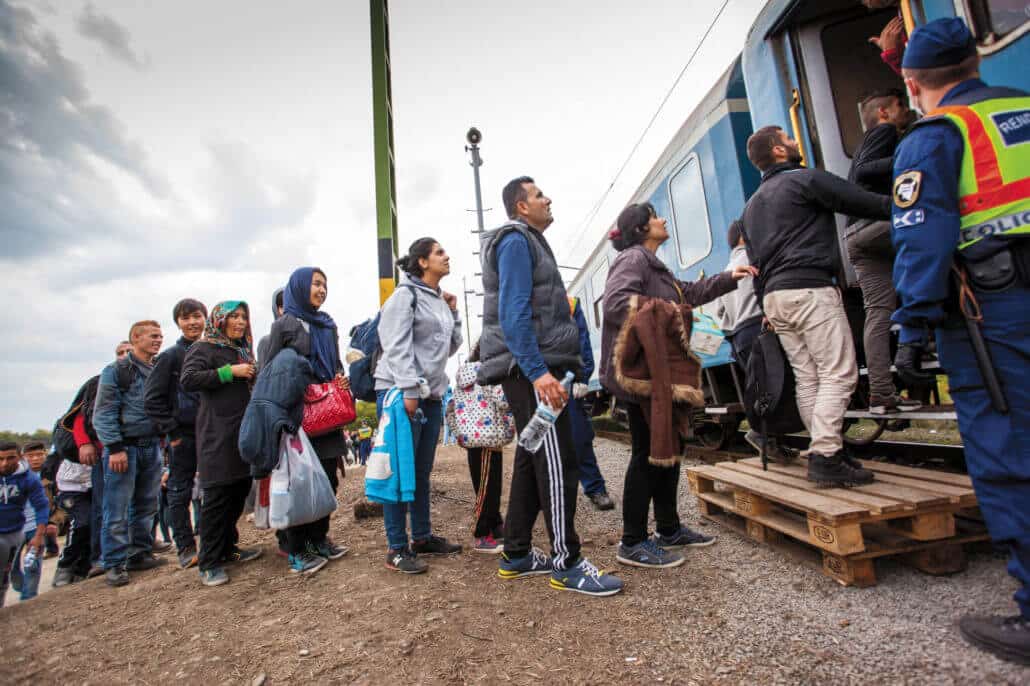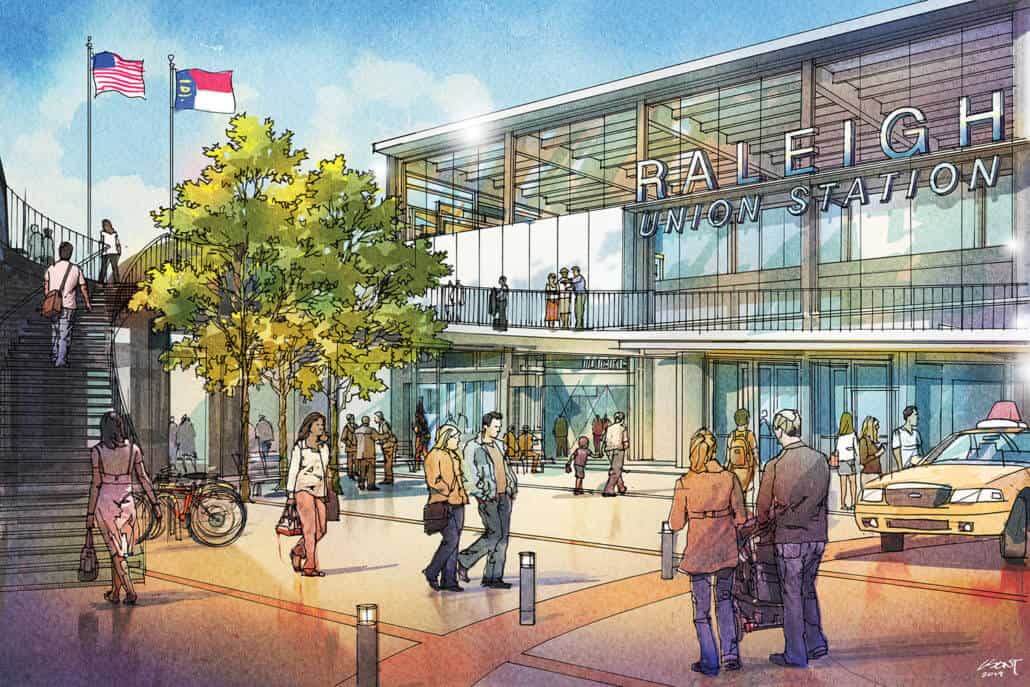Share this Post
Love it or hate it cycling is gaining traction in Raleigh.
Our greenway system is one of the best on the Eastern Seaboard, says Eric Lamb, transportation planning manager for the city of Raleigh, but we’re still at the bronze level nationwide for bike commuting lanes. Similar cities like Austin and Portland are trumping us.
Lamb said Raleigh just missed silver this year. But he’s intent on improving the city’s chances in 2016.
Here’s what you need to know:
Then: The changes you’re seeing now have actually been in the works since 2009 when Raleigh established a Bicycle and Pedestrian Advisory Commission. Back then, we had just 4 miles of commuter bike trails, with only .3 percent of people riding bikes to get around town. The goal, Lamb said, is to get the bike commuting rate closer to 1.5 percent.
Now: Today, Raleigh has nearly 70 miles of commuter bike lanes, although you’ll notice they’re not all connected—yet. That will come. Remember, connecting all the greenway trails took decades, says Lamb.
Why are we doing this?
Growing, economically sound cities invest in different modes of transit to ease traffic and encourage travel.
What’s the logic behind the plan?
“What we’ve found in other cities is the more riders you get, the more people want to ride, the more they feel comfortable and, interestingly, the more their safety improves,” says Lamb. “The more drivers see bikes on the road leads to better awareness and lower accident rates overall.”
Lamb says part of the DOT’s strategy is to integrate bike lanes any time physical road improvements are made, like resurfacing. The bike lanes along Spring Forest Road are a good example. It’s a low-cost way to improve commuting facilities.
“Apart from the time that we spend doing the design, the cost is almost non-existent,”
he says.
What about the traffic?!
Some Raleigh roads have been put on what Lamb calls a “road diet,” reducing the number of lanes on a road to add a bike line or another amenity. Often a turn lane is added, which tends to help traffic flow.
“Based on our practice and our analyses, it doesn’t lead to any less capacity because you’re creating left-turn pockets for cars,” says Lamb.
Who’s paying for this?
Initially the NCDOT and the city of Raleigh put up $300,000 for the bike plan, split 50/50. In 2010, Lamb said the city applied for and won a grant through the Capital Area Metropolitan Planning Organization—$1.1 million,
80 percent of which was federal money and 20 percent from the city.
A soft spot:
“The one project that has rankled people has been Glen Eden Drive,” says Lamb. One project was a “road diet” between Edwards Mill and Blue Ridge Road, which led to a buffered bike lane, which provides a greater amount of separation between cars and bikes.
Lamb said his team went door to door and found residents objected to bike lanes because they didn’t want to lose on-street parking. So Lamb and his team installed “climb” lanes on the uphill portions of certain parts of the road, saving some parking.
“Glen Eden was a good candidate for that,” says Lamb. “Traveling uphill, cyclists are more vulnerable for overtaking or accidents.”
Other bike friendly road construction:
• The widening of Buck Jones Road and Sandy Forks will both have bike lanes incorporated into the design.
• The northern stretch of Leesville Road, north of 540, nearly finished, will also have bike lanes incorporated into the project.”
Why now?
It might seem like all of this bike lane construction is happening all at once. Logistically, it’s just the way things unfolded, says Lamb.
“The contractor had some staffing issues,” he says. “The project was supposed to be done back in the spring in time for all the warm weather.”
But there were delays and a staff shortage, so the contractor pushed to complete his contract before the end of the year.
“It’s a good thing and a bad thing,” says Lamb. “You get a lot done quickly but at the same time it’s been a challenge to communicate to the public.”
What will the future look like?
“The data is now starting to show that just a conventional bike lane is good for attracting a small portion of people wanting to ride bikes…but the most attractive facility is a dedicated separated facility like the greenway,” says Lamb.
It’s known as a cycle track, a greenway of the street where a two-lane bike facility is separated from regular traffic. “You’ll start to see this as an emerging trend in other cities,” says Lamb. (See the “Sister Cities” bar). “The first cycle track in NC is under construction right now in, of all places, Kinston.”
Charlotte also has the idea in the works as does Raleigh on Gorman Street. “Gorman is a connector between the Reedy Creek Greenway and the Rocky Branch Greenway,” says Lamb, adding that utilizing commuter lanes in tandem with greenway trails is another component for the future.
A new bike plan will be released later this year.
“Our next venture…is geared specifically toward looking at gaps and strategizing on how to knit those gaps together,” says Lamb. ❙❙
Cycling Sister Cities
Compared to other American cities, Raleigh isn’t a leader in urban cycling today, but it’s putting the pieces together to catch up and get a good cycling network on our streets.
You can look at other cities for a glimpse of what cycling in Raleigh might look like one day.
Boulder and Denver
Street intersections in future Raleigh could include bike traffic lights for cyclists only, keeping pedestrians and cars at bay. Already being done in Boulder and Denver, these types of lights let riders know when it’s safe to cross.
New York City
Bike lanes would look different too. The single white line may turn into a concrete median with shrubs and flowers planted within. That’s what New York City is doing, promoting a bigger separation between bike-only lanes and cars. In fact, this type of separated bike lane is already underway here, says Eric Lamb, the city of Raleigh’s transportation planning manager, and he says more will be included in the city’s new plan, to be released in 2016.
Portland
It’s possible Raleigh’s urban areas, malls and shopping centers could make room for hundreds of bikes to park. Bike parking garages would be built, possibly with a valet service like what the Oregon Health & Science University uses at its bike garage.
Share this Post




